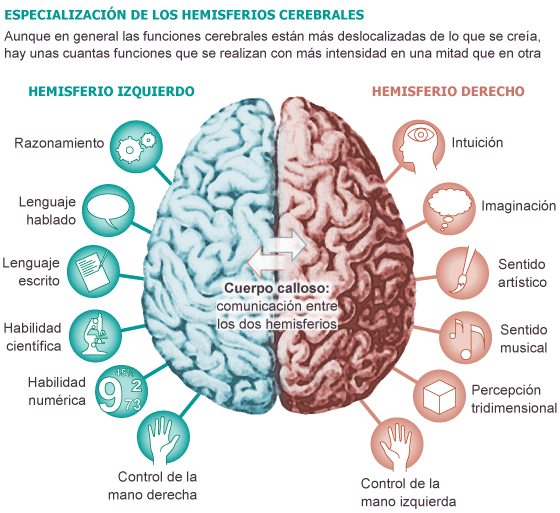Esta publicación de la OCDE, con datos de 2010, pone de manifiesto que los salarios del profesorado no tienen siempre una especial incidencia en los resultados de los aprendizajes de los alumnos como puede comprobarse de comparar esta tabla con los resultados PISA por ejemplo. Y sus autores se preguntan si el aumento del salario del profesorado llevaría a un aumento en los resultados de los aprendizajes, cuestión interesante para el debate. En mi opinión, el incremento salarial cuando alcanza el nivel suficiente para llevar una vida digna, sin necesidad de recurrir a otros trabajos, sería el adecuado. Seguramente otras variables de carácter organizativo, de formación del profesorado, de convivencia, etc. influyen más en los resultados de los alumnos.
Desde aquí queremos aportar los datos y la publicación que se incluye a continuación para que podamos hacer cada uno nuestras propias valoraciones desde la realidad de lo que sucede en cada uno de nuestros países.
How much do teachers cost?
by Eric Charbonnier and Etienne Albiser
Analysts, Directorate for Education and Skills
Can increasing the salaries of teachers lead to better learning
outcomes? Does reducing class size have a positive effect on learning
outcomes? Given the current background of tight public budgets,
governments seeking to ensure value for money must ask themselves these
questions before increasing the salary cost of teacher per student, as
teachers account for a major part of education expenditure.
The latest edition of
Education Indicators in Focus
highlights that the salary cost of teacher per student is a combination
of four factors: teachers’ salary, class size, the number of teaching
hours in front of a classroom and the number of hours of instruction
received by students.
Countries that have similar levels of expenditure on education do not
necessarily have similar educational policies and practices. A given
level of expenditure may result from a different combination of these
factors. One country may pay higher salaries to teachers while another
may have smaller class sizes and thus more teachers to pay.
Between 2000 and 2010, increases in the salary cost of teacher per
student were mainly influenced by changes in teachers’ salaries and
class size
With the exception of France and Italy, the salary cost of
teacher per student at the primary and lower secondary levels increased
between 2000 and 2010, and on average it increased by one-third and
one-quarter, respectively (for countries for which data is available).
In the majority of cases, this increase was due to an increase in the
level of teacher compensation (16% at the primary level and 14% at the
lower secondary level). The largest salary increases (more than 50%, in
constant prices) were seen in the Czech Republic, Estonia and Turkey.
During the same period, class size decreased, by 14% (primary) and 7%
(lower secondary), but this was often the result of changing
demographics and not of a change in education policies.
Little change in instruction time and teaching time
With the exception of a few countries, there was little or no change
with respect to the two other variables (instruction time and teaching
time) during the same period. This may be due to the political
sensitivity of reforms in these areas. At the primary level, teaching
time increased most significantly in the Czech Republic (200 hours) and
instruction time increased the most in Iceland (by nearly 200 hours).
The higher the level of education, the higher the salary cost of teacher per student, with great disparities between countries
Spending on education rises sharply with the level of education. The
OECD average salary cost of teachers is USD 2 307 per primary student,
USD 2 856 per lower secondary student and USD 3 301 per upper secondary
student. In some countries, the differences between the different levels
of education is quite small (in Chile and Hungary it is less than USD
50) while in others it is quite important (exceeding USD 2 000 in the
Flemish Community in Belgium).
In general, teachers of higher levels of education earn more money than
teachers at lower levels. In addition, teaching time generally decrease
as the level of education increases (meaning that more teachers are
necessary to teach the same number of students).
Wrapping up
Reforms relating to these four factors have an impact on education
expenditure and may also affect learning outcomes. However, the link
between expenditure and outcomes is not straightforward. PISA results
show that between 2000-2009, the performance of 15-years olds did not
vary significantly in the majority of countries, regardless of the
changes we have seen in instruction time, teaching time, class size and
teacher compensation. What is more, changes relating to pedagogy may
have an impact on outcomes without necessarily having an impact on
expenditure.
The bottom line is that in the past ten years, increasing teachers’
salaries and reducing class size have not led to better learning
outcomes in the majority of countries. This raises the question: has all
of the additional money been well spent?
For more information
On this topic, visit:
Education Indicators in Focus:
www.oecd.org/education/indicators
On the OECD’s education indicators, visit:
Education at a Glance 2012: OECD Indicators:
www.oecd.org/edu/eag2012
Chart source: OECD Education at a Glance 2012: Indicator B7 (www.oecd.org/edu/eag2012)
 https://orcid.org/0000-0001-8035-0091
https://orcid.org/0000-0001-8035-0091



